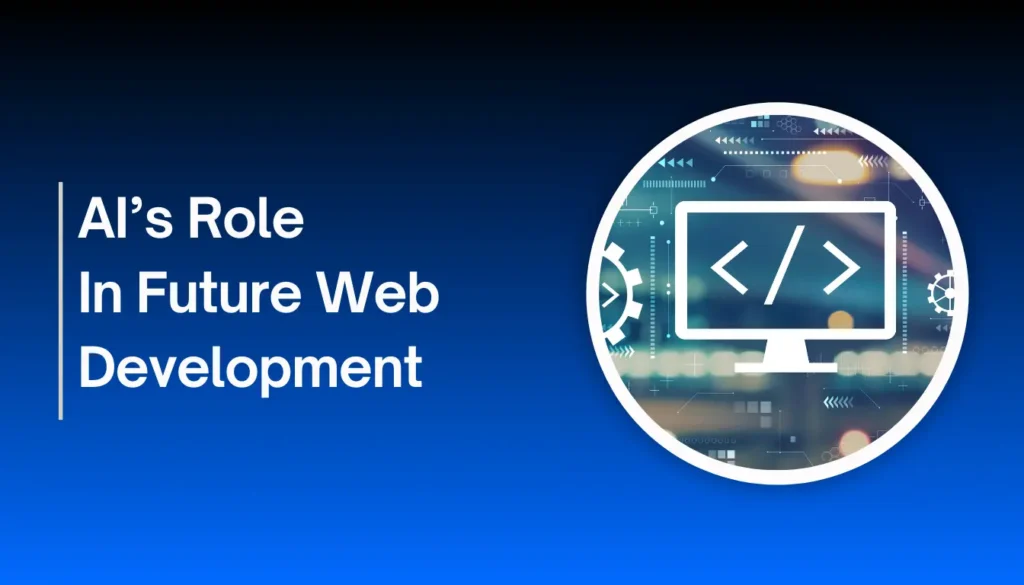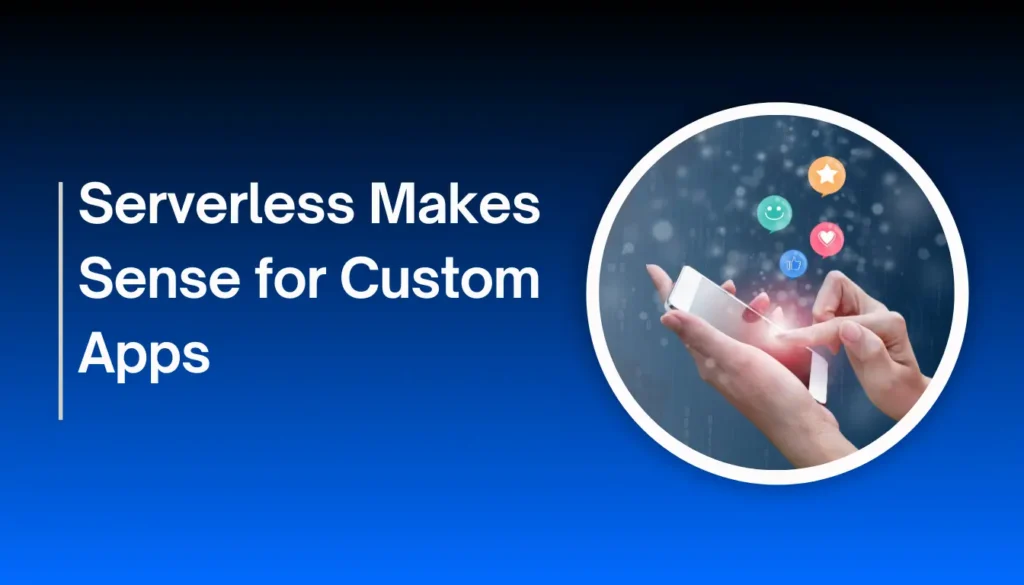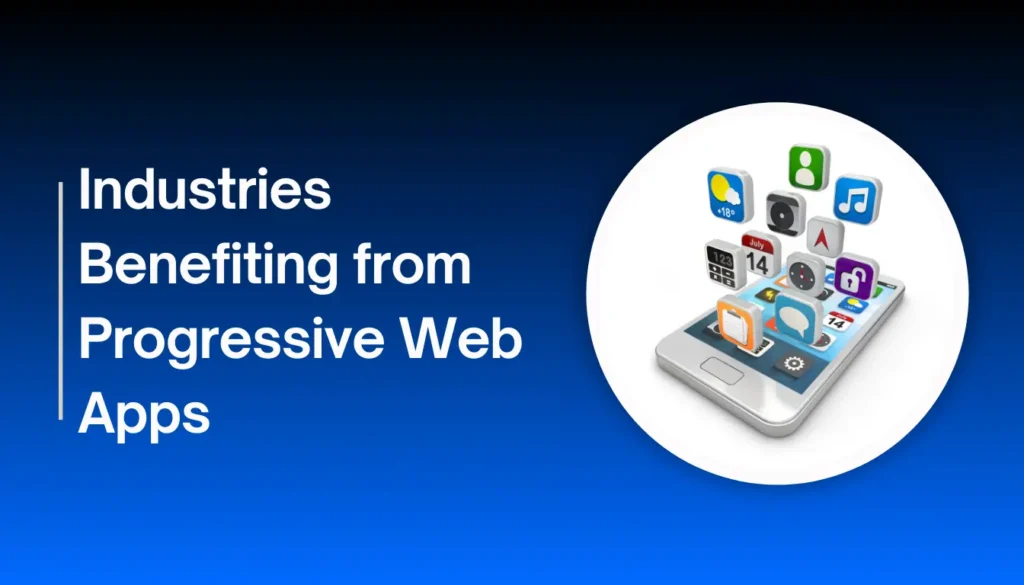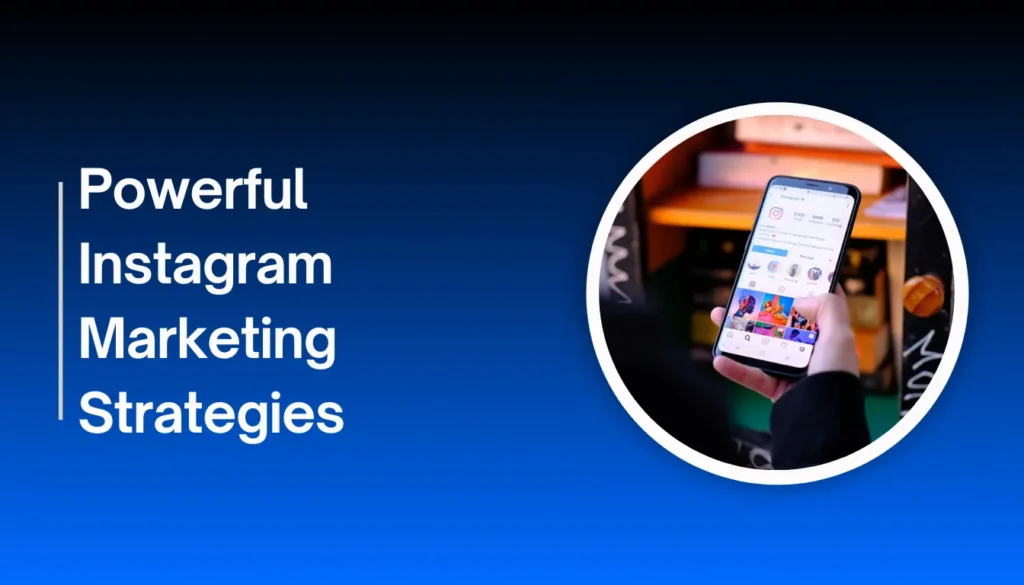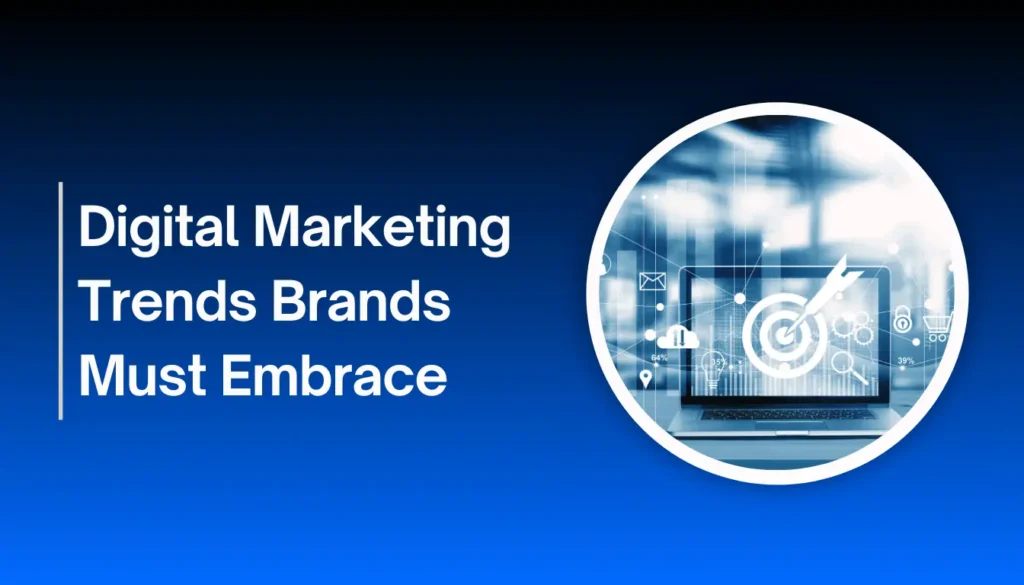Did you know that investing in user experience (UX) can yield a return on investment of up to 9,900%? In 2025, a great user experience is no longer a “nice-to-have” feature; it’s a critical driver of business success. The digital landscape is more competitive and dynamic than ever, with users expecting seamless, intuitive, and personalized interactions. A clunky interface or confusing navigation can send potential customers straight to a competitor.
As a professional who has worked at the intersection of design and technology for years, I’ve seen firsthand how a commitment to modern UI/UX design can transform a business, from boosting customer loyalty to significantly increasing revenue. The trends shaping the industry this year are a direct response to these demands, focusing on making technology more human, intelligent, and accessible. Staying ahead of these trends is essential for any business that wants to thrive in the digital age.
The New Era of User-Centric Design
The core of modern design is a deep understanding of the user. This means moving beyond a one-size-fits-all approach and creating a truly personalized journey. In 2025, the trends are not just about aesthetics; they are about functionality, accessibility, and intelligence. The focus is on creating a holistic experience that is not only visually appealing but also effortless and meaningful. These trends are redefining how businesses connect with their audiences and how products are built, from the ground up.
The Rise of AI in UI/UX Design
Artificial intelligence is no longer a futuristic concept; it’s a powerful tool being integrated into the design process. AI is helping designers create more personalized and efficient experiences by analyzing user data, predicting behavior, and automating repetitive tasks. This allows design teams to focus on the strategic and creative aspects of their work, while AI handles the heavy lifting of data analysis and optimization.
Personalization at Scale with AI
AI is making hyper-personalization a reality. By analyzing a user’s past interactions, demographics, and real-time behavior, AI can dynamically alter a website or app’s layout, content, and calls-to-action. This ensures that each user sees the most relevant and engaging version of your product. For example, a retail website can use AI to rearrange its homepage to feature products a specific user is most likely to buy, leading to a significant boost in conversions. This level of personalized user experience builds a stronger connection and makes customers feel understood.
- AI algorithms analyze user data to create dynamic, personalized content.
- Personalized interfaces lead to higher user engagement and conversion rates.
- AI can continuously test and optimize design elements in real time.
Accessibility as a Core Design Principle
In 2025, accessibility is no longer an afterthought or a compliance checklist item; it is a fundamental part of the design process. Businesses are realizing that making their digital products accessible to everyone, regardless of ability, is not just the right thing to do—it’s also a smart business decision. An accessible design widens your potential audience, improves search engine rankings, and enhances your brand’s reputation. This trend is driven by a greater social consciousness and the availability of new tools and guidelines that make it easier to create inclusive designs from the start.
- Design with inclusive principles to cater to users of all abilities.
- Use clear, high-contrast color palettes and legible fonts.
- Provide descriptive alt text for images and use keyboard navigation.
- Build products with accessibility in mind from the very beginning of the design process.
Conversational Interfaces and Voice UI
With the continued growth of smart speakers and virtual assistants, conversational interfaces are becoming a key trend in UI/UX design. Users are increasingly interacting with technology through voice commands and natural language. Designing for these interfaces requires a shift in thinking, moving away from a visual-first approach to a conversation-first one. The focus is on creating a seamless, natural, and intuitive dialogue between the user and the application. This trend is especially powerful for e-commerce, customer support, and in-car systems, where a hands-free experience is a major advantage.
- Design intuitive voice commands for a hands-free experience.
- Create chatbots and virtual assistants that can handle complex conversations.
- Focus on natural language processing to make interactions feel more human.
Micro-Interactions and Motion Design
The small details matter. Micro-interactions are the subtle animations and visual cues that make a user experience feel polished and intuitive. These might include a button changing color on a hover, a loading spinner that is more engaging, or a subtle animation when an item is added to a cart. These small design elements can greatly improve user engagement by providing instant feedback and making the interaction feel more rewarding. In 2025, designers are using micro-interactions to create memorable experiences and guide users through a journey with subtle elegance. This is the difference between a product that feels good to use and one that feels great.
- Use subtle animations to provide feedback to user actions.
- Create engaging loading animations to reduce perceived wait times.
- Micro-interactions can make a user’s journey more enjoyable and intuitive.
Common Mistakes and How to Avoid Them
While these trends offer immense opportunities, businesses can easily get them wrong. A major mistake is trying to implement every new trend without a clear strategy. A design should always serve a purpose, and a trend for the sake of a trend can lead to a cluttered and confusing experience. Another pitfall is neglecting the human element. While AI is a powerful tool, it’s not a replacement for a designer’s empathy and creative vision. Finally, a failure to prioritize accessibility can not only alienate a significant portion of your audience but also damage your brand’s reputation and lead to legal issues.
“Good design is invisible. Great design is felt.” This is a truth I’ve always believed. The best designs are so intuitive that users don’t even notice them; they just feel the positive impact they have on their journey.
A comparison of design approaches:
| Modern Approach | Outdated Approach |
|---|---|
| AI-driven personalization. | One-size-fits-all, static design. |
| Accessibility as a core principle. | Neglecting accessibility or treating it as an afterthought. |
| Conversational and voice interfaces. | Relying solely on visual, click-based navigation. |
| Strategic use of micro-interactions. | Clunky, non-responsive, or generic interface elements. |
Key Takeaways
- UI/UX design in 2025 is a strategic business driver, not just a cosmetic detail.
- AI is enabling hyper-personalization, dynamic content, and automated design insights.
- Accessibility is a core principle of modern design, not just a legal requirement.
- Conversational interfaces and micro-interactions are key to creating intuitive and engaging experiences.
- A successful design strategy balances new trends with a focus on user needs and business goals.
FAQ
What are the Top UI/UX Trends Shaping Business Success in 2025?
The top UI/UX trends in 2025 include the integration of AI for personalization, prioritizing accessibility as a core principle, the rise of conversational and voice interfaces, and the strategic use of micro-interactions to improve user engagement.
How can AI improve the user experience?
AI improves the user experience by personalizing it. It analyzes user data to dynamically change layouts, content, and calls-to-action, ensuring that each user has a unique, relevant, and efficient journey. AI also assists designers by automating repetitive tasks and providing data-driven insights.
What is the most important trend for businesses to focus on in 2025?
While all trends are important, the most critical for any business to focus on is user-centricity. Whether through AI, accessibility, or other methods, the ultimate goal is to create a design that truly understands and serves the user. A failure to prioritize the user’s needs will make it difficult to succeed, regardless of other design trends a business may adopt.
Recommendations
To keep your business ahead of the curve in 2025, start by conducting a thorough audit of your existing digital products. Gather real user feedback and use data to identify pain points and opportunities for improvement. Consider how AI can be a powerful tool for your design team, not a replacement. Begin with a single trend, such as improving accessibility or adding micro-interactions to a key part of your product, to see the impact firsthand. A modern UI/UX design strategy is an ongoing process of learning and adaptation. By staying user-focused and embracing these new trends, you can build digital products that not only look great but also drive meaningful business results.



